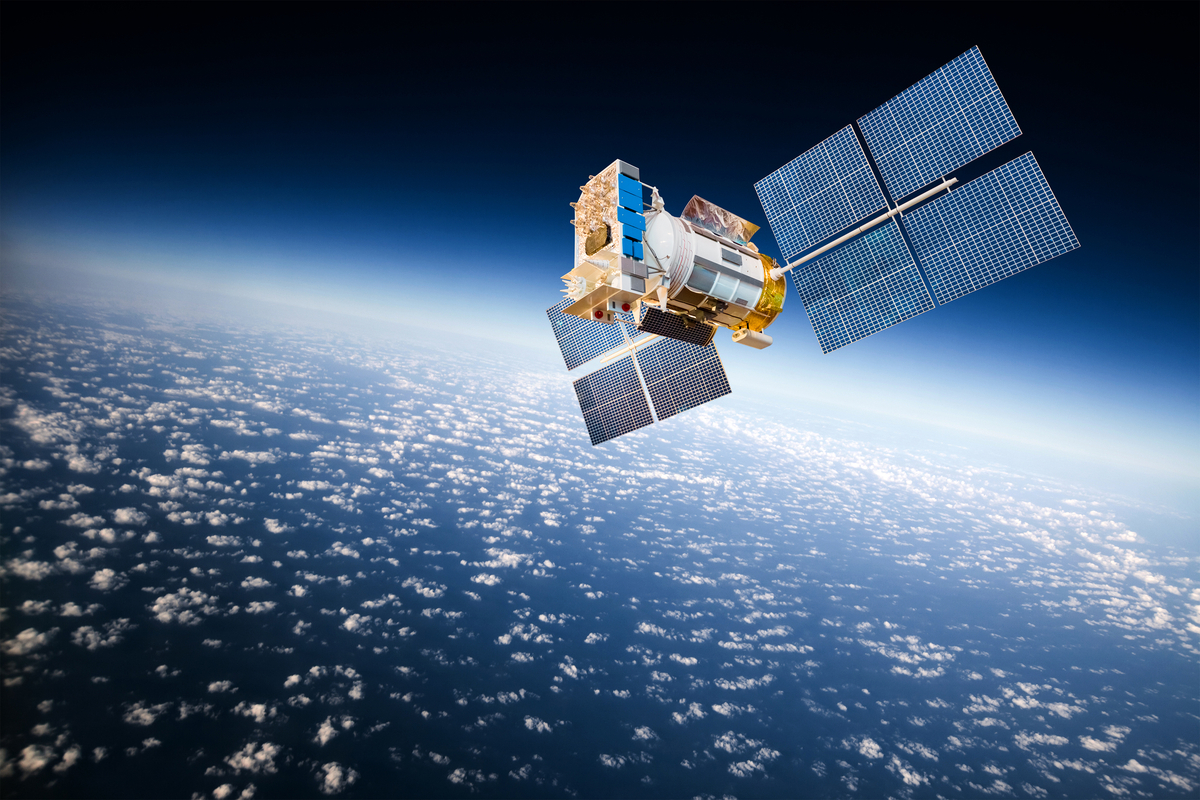
Within the past 5 years, there has been a major change in providers of commercial space launches. Prior to 2012, nearly all space launches, whether for commercial or for governmental purposes, used a vehicle that was previously a part of government-funded projects. But now, space launch providers, such as SpaceX, ULA and Arianespace have been providing their own launch vehicles – creating a cost war to bring prices down.
With satellites requiring a costly launch price before entering service, will the increased competition from launch providers mean better deals for VSAT/communication providers and their customers too?
What Has Happened in the Past 5 Years?
Prior to 2012, most launches were government-funded or carried out by independent contractors on the behalf of the government. In the USA market, this was dominated by ULA (United Launch Alliance) that served NASA, the US department of defence and others. Elsewhere, it had been dominated by Europe’s Arianespace.
However, in 2008, SpaceX became the first provider to launch privately-funded liquid fuel rockets to orbit, docked with the ISS in 2012 and, by 2013, had launched its first geosynchronous satellite. But their main selling point was their record-low cost per launch with their Falcon 9 rocket. The price of US$56.5million, it was the cheapest compared to Europe’s Ariane 5 or ILS’s (International Launch Services) Proton vehicle. In comparison, Chinese-launch (using Long March 3B) would cost US$15 million more.
SpaceX was able to achieve such low launch costs by manufacturing the entire rocket in-house with ‘no middlemen’ and specific design choices. After SpaceX successful space launch at a reduced cost, other providers are looking cut overheads. This was after several European satellite operators requested that the ESA find ways to reduce the Ariane 5 rocket launch costs.
How Have VSAT and Satellite Operators Responded?
EutelSat, one of Talia’s partners, announced they plan to save nearly 20% by using the increased competition between Arianespace and SpaceX, along with changing the propellant from chemical to electrical, depending on the payload.
As SpaceX gain market share and expands its manufacturing to accommodate demand, costs should be reduced even further through the economy of scale. This will cheaper launch costs for satellite operators, which will be cheaper for VSAT providers and, ultimately, be cheaper for VSAT customers.
Future Prices and Industry Effects?
Currently, SpaceX is designing reusable boosters for stage 1 of launch. Stage one launches the vehicle from the ground into the upper atmosphere before stage 2 rocket thrusts it into orbit. By designing the stage 1 burners to be reusable compared to conventional boosters, which are disposed of in the atmosphere or the ocean, could save time and money on manufacturing. Considering that the fuel costs US$200,000 and nearly US$60million goes to the manufacturing of the Falcon 9 rocket, the savings can be enormous.
However, this may still be a while off. The first reusable landing happened in December 2015 and will require testing and fine-tuning until it becomes the main part of their product line.
Once reusable stage one rockets become mainstream from SpaceX and other launch providers, this will have vastly decreased from possible hundreds of millions to tens (or maybe even less). Some figures have been estimated launch costs of US$40million within the near future.
This reduction of price will likely see increase competition from satellite manufacturers, who will likely try and decrease their costs, and an influx of new geostationary satellites for a multitude of purposes. Subsequently, we will likely see new VSAT providers and other communication companies utilising satellite technology.
This increased competition will likely see prices fall for customers and we will see an increase of new customers. However, it is unlikely that this will replace terrestrial internet for general consumption and day-to-day use for the masses – at least anytime soon.